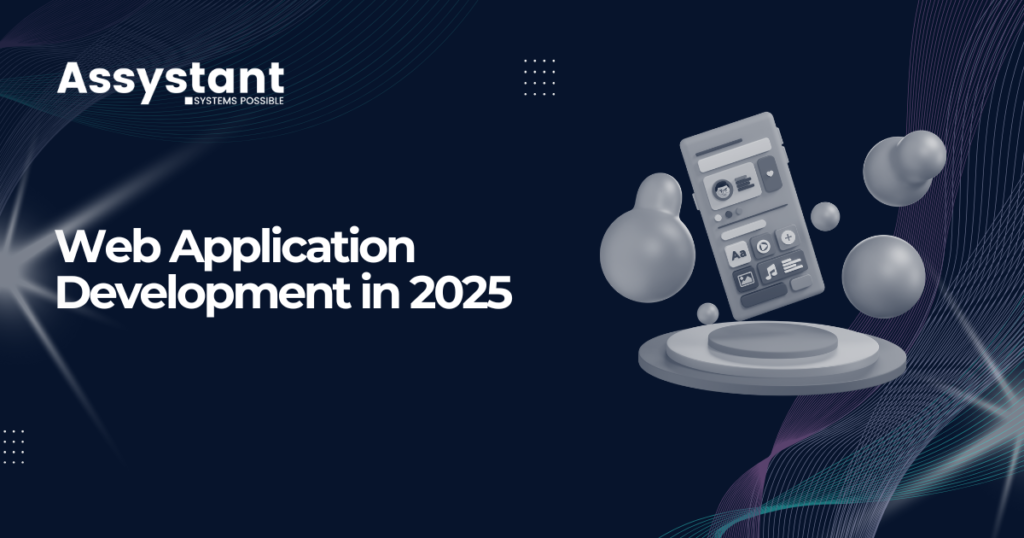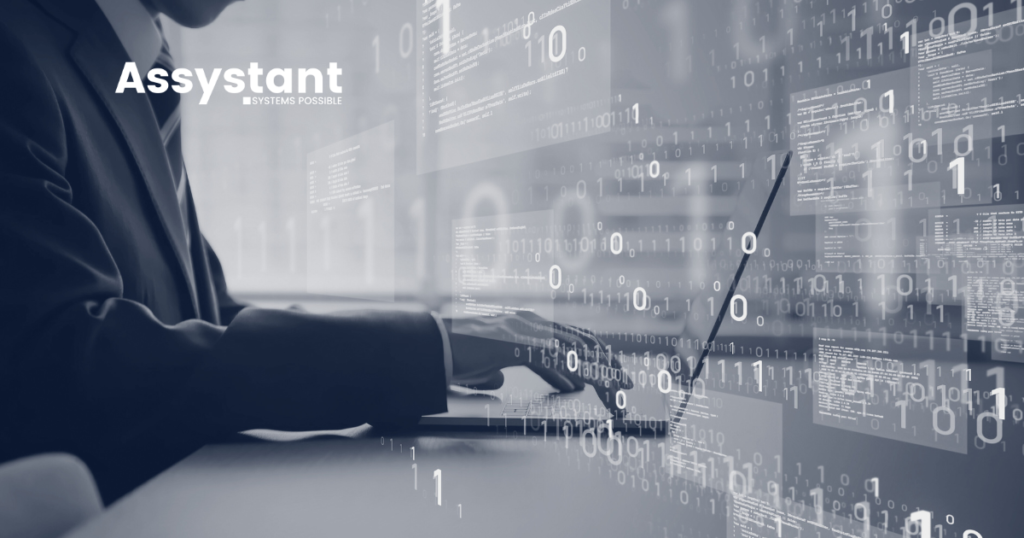Digital Experience Monitoring (DEM) refers to the practice of monitoring and measuring the quality of the digital experiences that users have while interacting with various digital platforms and services. It’s an important part of the customer experience.
It encompasses the end-to-end user journey, including websites, mobile applications, and other digital touchpoints. Therefore, DEM provides insights into the performance, availability, and usability of digital services from the end-users perspective.
It is important because it helps with the following purposes:
1. Performance Monitoring:
DEM involves tracking and analyzing the performance of digital services to ensure optimal user experiences. Performance monitoring includes measuring metrics such as page load times, response times, server latency, and network latency. Additionally, performance monitoring helps identify bottlenecks and areas for improvement, ensuring that digital services are delivered in a fast and responsive manner.
2. Availability Monitoring:
Availability monitoring focuses on ensuring that digital services are accessible and functioning properly at all times. Also, It involves monitoring uptime, downtime, and service disruptions. Organizations can identify and address issues promptly by continuously monitoring availability, minimizing the impact on user experiences and business operations.
3. User Journey Monitoring:
DEM involves monitoring and analyzing the entire user journey across various touchpoints. It helps identify potential points of friction and areas where users may encounter difficulties. Also, User journey monitoring enables organizations to gain insights into user behavior, track conversion funnels, and optimize the user experience at each stage.
4. Usability Monitoring:
Usability monitoring focuses on understanding how users interact with digital services and identifying areas where usability can be improved. Additionally, It involves capturing user interactions, collecting feedback, and conducting usability testing. Usability monitoring helps organizations identify usability issues, make data-driven design decisions, and enhance the overall user experience.
5. Synthetic Monitoring:
Synthetic monitoring simulates user interactions and transactions to monitor the performance and availability of digital services proactively. It uses scripted scenarios to mimic user journeys and measure key performance indicators. Also, Synthetic monitoring helps organizations identify issues before real users encounter them, allowing for proactive troubleshooting and optimization.
6. Real User Monitoring (RUM):
RUM involves monitoring the experiences of actual users in real-time. It captures data on user interactions, including page views, clicks, and user actions. Here RUM provides insights into user behavior, performance, and engagement metrics. By analyzing RUM data, organizations can identify patterns, trends, and user segments to improve personalization and tailor experiences to specific user groups.
7. End-to-End Visibility:
Finally, DEM provides a holistic view of the entire digital ecosystem, including infrastructure, networks, applications, and third-party services. It enables organizations to identify dependencies, monitor the performance of interconnected systems, and troubleshoot issues that may arise across the technology stack. End-to-end visibility helps ensure seamless digital experiences by addressing issues that can impact user satisfaction.
Digital Experience Monitoring (DEM) is a comprehensive approach to monitoring and optimizing the quality of digital experiences. By implementing DEM practices, organizations can gain valuable insights into user experiences, proactively address issues, and continuously enhance their digital services to meet user expectations.
Related Article: How To Build Digital Transformation Work For Your Small Business
Automation of business processes (DPA): All you need to know



